Every year, the SCA dispatches thousands of young conservationists to more than 350 sites across the country. From the remote wilderness of Alaska to the southern tip of Florida, they are at work for the planet in national parks and forests, nature preserves and urban green spaces.
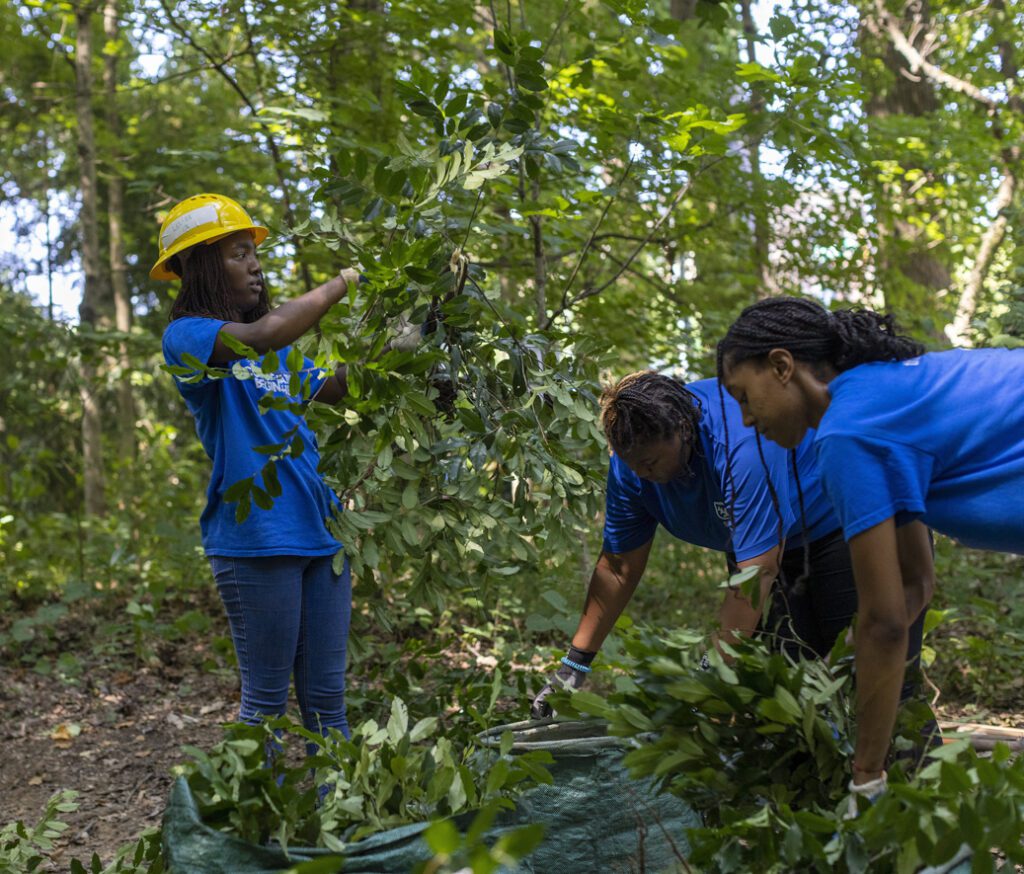
The Student Conservation Association’s Black Women’s Conservation Crew removing invasive plants in the woodland area at the Atlanta Botanical Garden. (Photo Credit: Alyssa Pointer)
No matter where their service takes them, nearly all our crews and interns share a common responsibility: removing invasive species.
In recognition of National Invasive Species Awareness Week, Feb 24-28, the SCA is shedding light on invasives, the threat they pose and what can be done to prevent their spread.
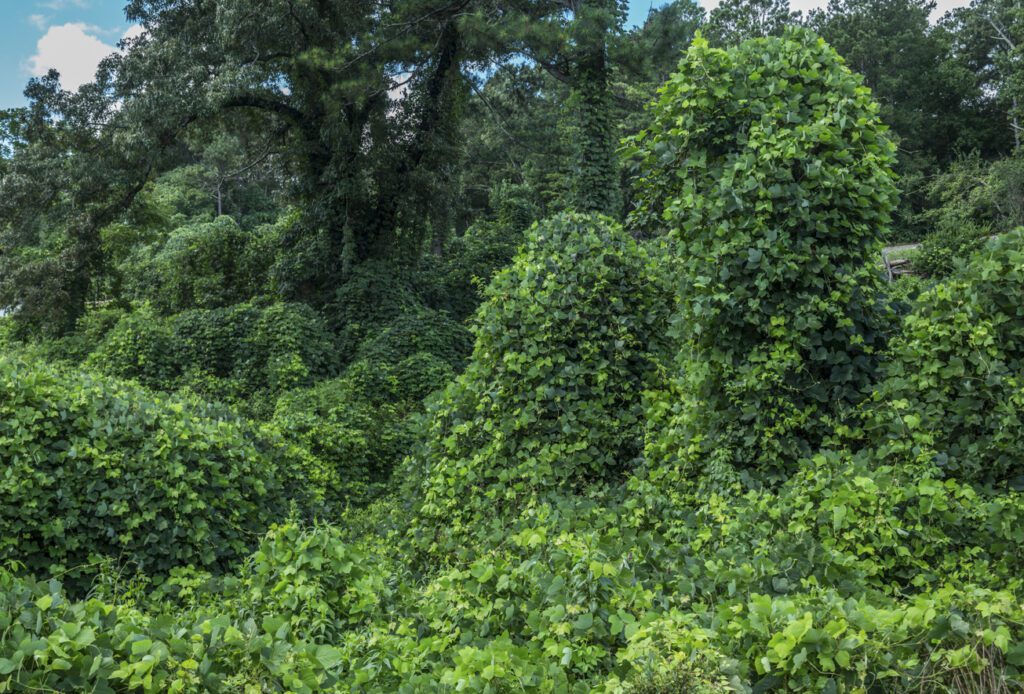
Kudzu is an invasive climbing plant that smothers native species. (Photo Credit: Sandra Burm/Dreamstime.)
The National Park Service defines an invasive species as “a non-native species that causes harm to the environment, economy, or human, animal or plant health.” Invasive plants and animals are species – frequently introduced by humans – that have ended up in environments where they did not evolve and disrupt the delicate balance of native ecosystems.
Examples include the pervasive climbing kudzu plant, which strangles trees and overwhelms native vegetation. The robust Japanese knotweed, a shrub-like perennial native to eastern Asia, has disturbed ecosystems in 42 states. Invasive zebra mussels outcompete native species and cause problems for cities by clogging the intake pipes that supply them with water.
Invasive species have widespread impacts on ecological health, biodiversity and the economy. The SCA’s young adult workforce plays a critical role in tackling the problem.
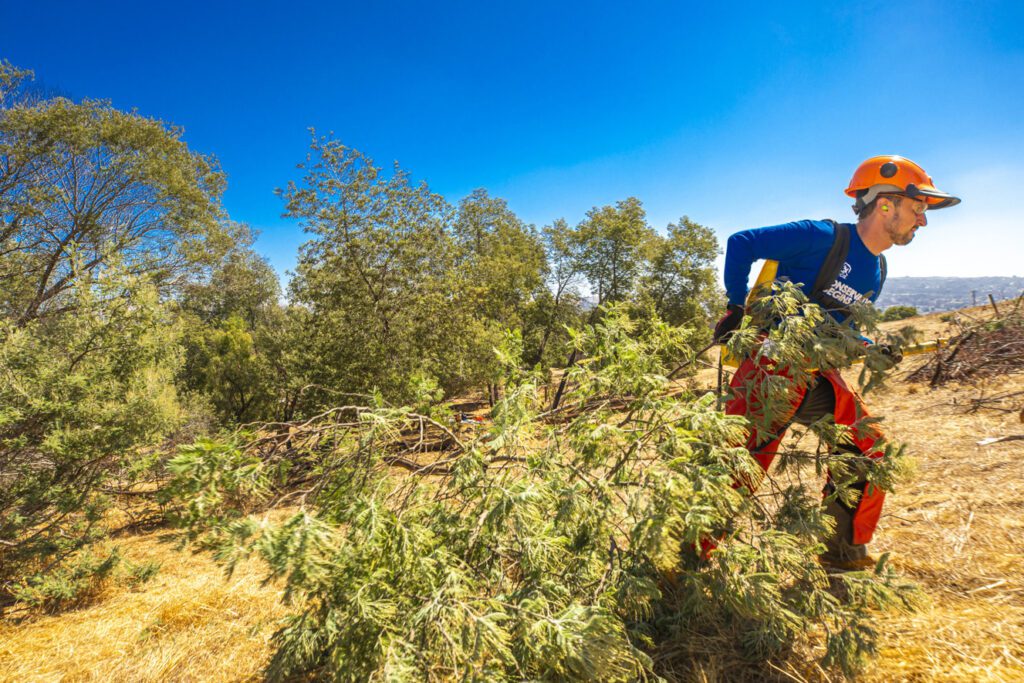
2024 Bay Area Urban Forestry Crew Leader Alex Senauke removing invasive species in California. (Photo credit: James Martin.)
America’s public lands are vital protectors of biodiversity. They provide essential habitats for countless plant and animal species while safeguarding against the destruction of the environment through urbanization and agriculture.
These lands are also particularly vulnerable due to their vast size, diverse ecosystems and frequent public use. Unwitting nature lovers may transport stowaway pests on their watercraft, carry invasive seeds on their footwear and tire treads or import firewood containing unwelcome insect eggs or fungi spores.
While it’s up to all of us to take steps to mitigate these risks and prevent future impacts, invasive species are already here. According to the Department of the Interior, “invasive species have interfered with the recovery or contributed to the decline of 42% of federally listed threatened and endangered species.” Making the consistent and dedicated efforts of SCA crews from coast to coast so impactful.
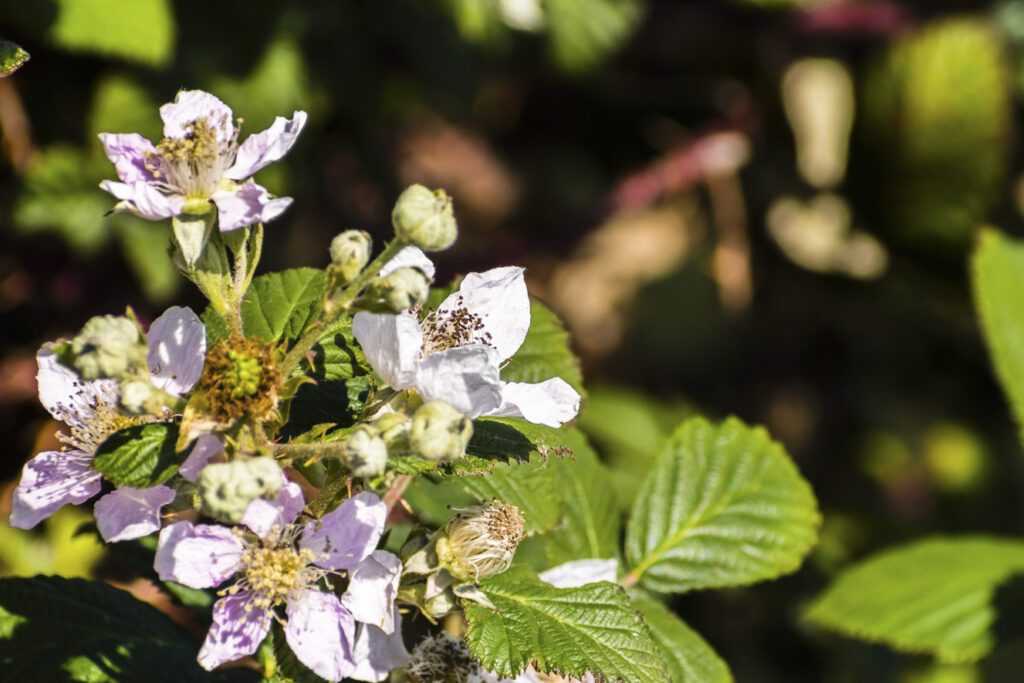
Himalayan Blackberry grows in dense, thorny thickets, often along waterways in the Bay Area. (Photo Credit: Dreamstime.)
In 2024 alone, the Indiana Dunes Ecological Restoration Crew restored 32 acres of unique and beautiful habitat along the shores of Lake Michigan at Indiana Dunes National Park in Porter, Indiana. Their efforts preserved blue lupine flowers, a critical food source for the endangered Karner blue butterfly, by removing invasive plants encroaching on its habitat.
This fall, the 2024 Urban Green crew removed 15 cubic yards of invasive plants at the John Heinz National Wildlife Refuge in Philadelphia, Pennsylvania, contributing to a stronger wetland ecosystem better positioned to control flooding.
When the high school-aged members of the Bay Area Peninsula Corps took a camping trip to Brannan Island State Recreation Area last summer, they improved access to the waterways for people and animals by cutting back dense and prickly thickets of the invasive Himalayan Blackberry.
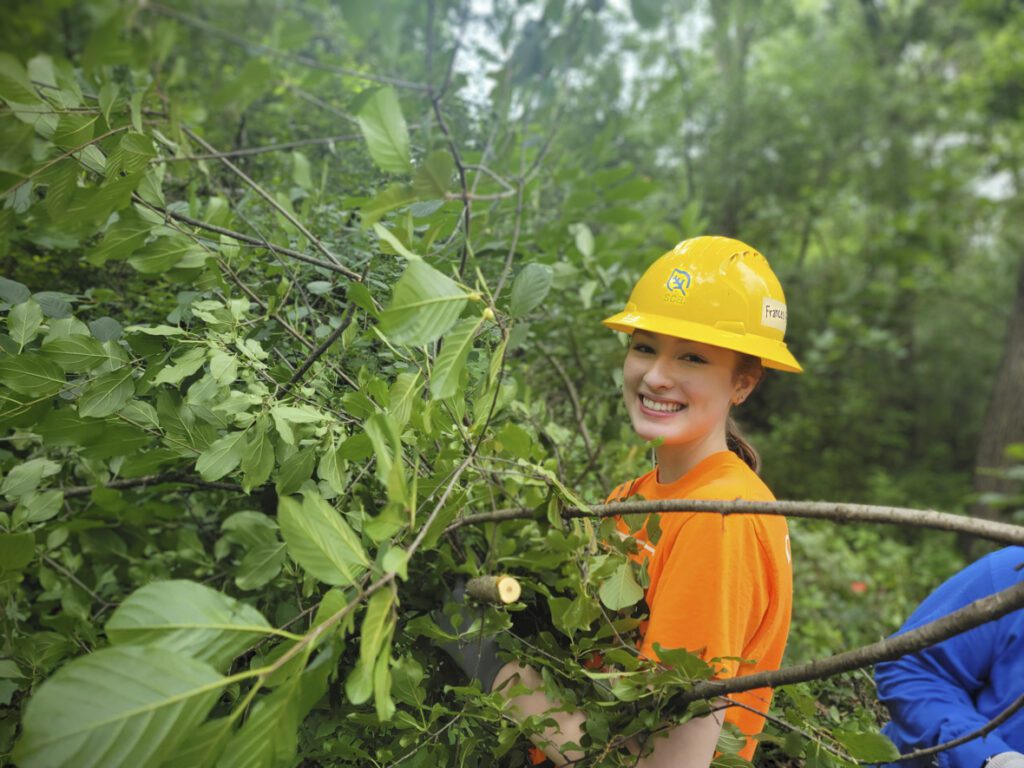
An Urban Green Chicago crew member carries away an armload of invasive plants at Sand Ridge Nature Center. (Photo Credit: Student Conservation Association)
Every year since our founding in 1957, the SCA has delivered a youthful and energized workforce into our nation’s public lands. From coast to coast, all our crew members play a vital role in fighting the spread of invasive species.
You can join the fight by making sure to Leave No Trace behind you on your outdoor adventures and by donating to the SCA. During this crucially vulnerable period for our organization and all of our public lands, your gift can make a significant difference.